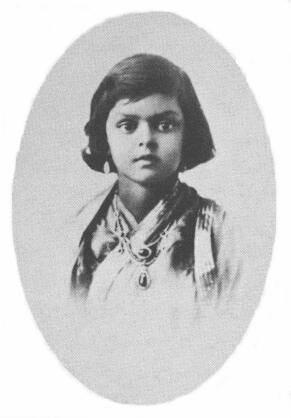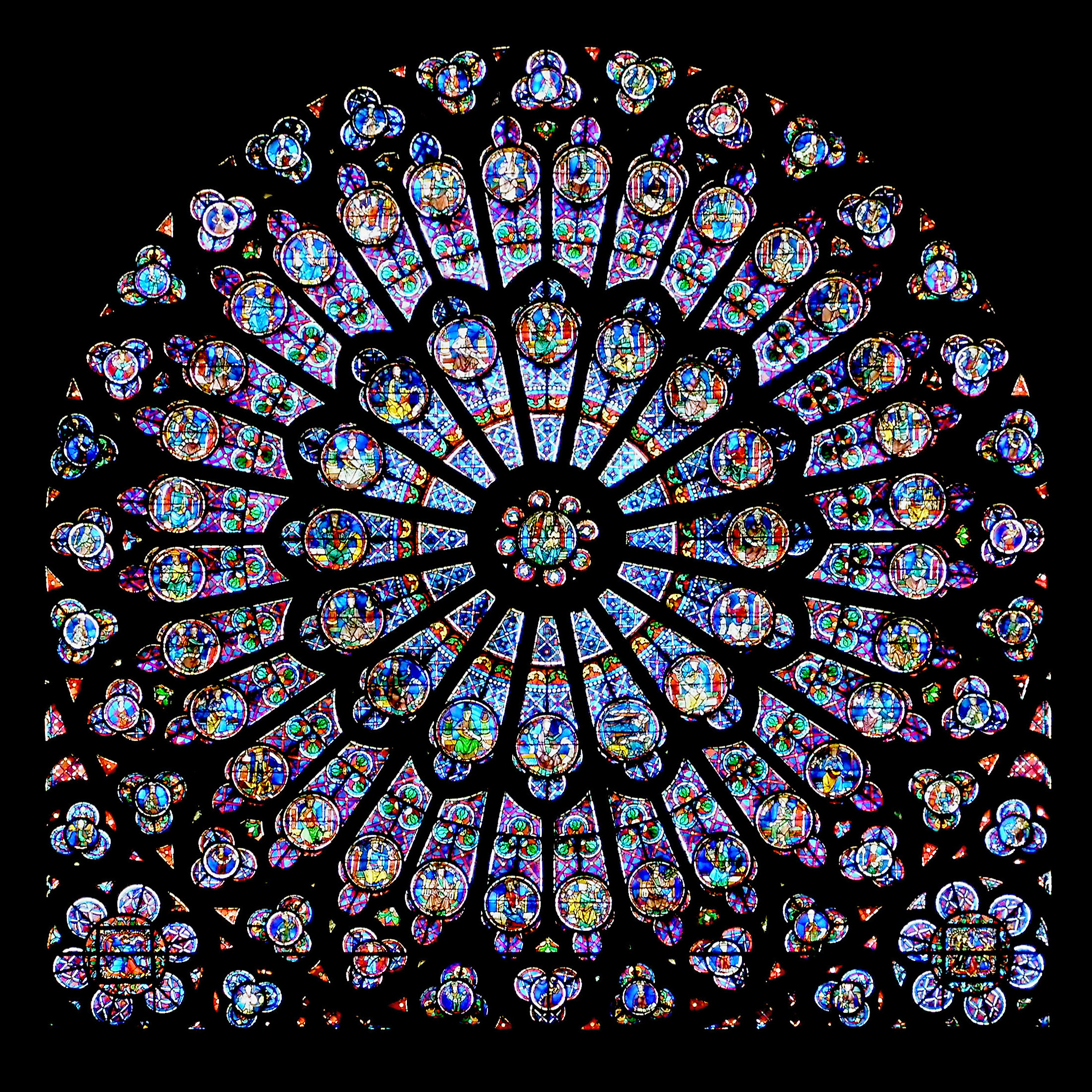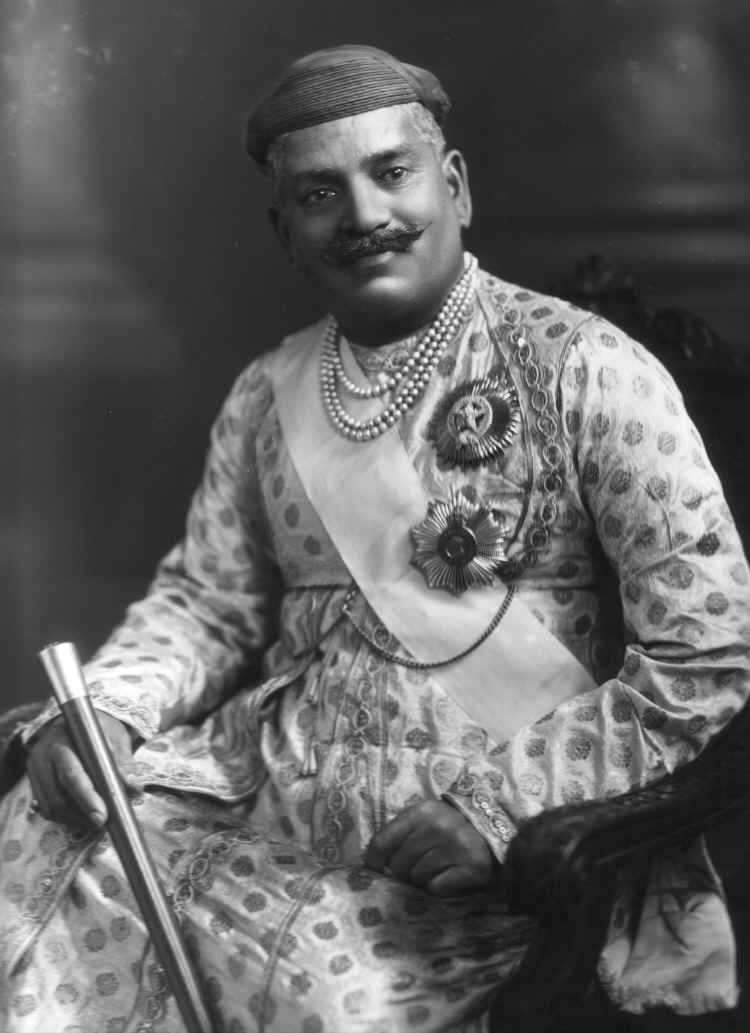|
Gayatri Devi Of Cooch Behar
Gayatri Devi (born as Princess Gayatri Devi of Cooch Behar; 23 May 1919 − 29 July 2009) was the third Maharani consort of Jaipur from 1940 to 1949 through her marriage to Maharaja Sawai Man Singh II. Following her husband's signature for the Jaipur State to become part of the Union of India and her step-son's assumption of the title in 1970, she was known as Maharani Gayatri Devi, Rajmata of Jaipur. Born in the Hindu Royal family of Cooch Behar her father was Maharaja Jitendra Narayan of Cooch Behar in West Bengal, and her mother was Maratha Princess, Indira Raje of Baroda, the only daughter of Maharaja Sayajirao Gaekwad III, and she was sister to Jagaddipendra Narayan, informally known as 'Bhaiya', who became the Maharajah of Cooch Behar. Following India's independence and the abolition of the princely states, she became a successful politician in the Swatantra Party. Gayatri was also celebrated for her beauty and became something of a fashion icon in her adulthood. S ... [...More Info...] [...Related Items...] OR: [Wikipedia] [Google] [Baidu] |
Indira Of Baroda
Indira Devi, born as Indira Raje (19 February 1892 – 6 September 1968), was the Maharani of the princely state of Cooch Behar, British India. She was the daughter of Chimnabai II. She broke her arranged engagement to marry Jitendra Narayan and became daughter-in-law to Suniti Devi. Previously her engagement had been fixed to Madho Rao Scindia, Maharaja of Gwalior. Following the death of her husband she became regent of Cooch Behar during the minority of her elder son Jagaddipendra Narayan. Her second child was a daughter named, Gayatri Devi, who would later go on to become the Maharani of Jaipur. In Baroda Indira was born the only daughter of Sayajirao Gaekwad III of Baroda and his second wife Maharani Chimnabai (1872–1958). She grew up with her several brothers at the opulent Lakshmi Vilas Palace in Baroda, and was betrothed at a young age to Madho Rao Scindia, the then Maharaja of Gwalior. During the period of engagement, Indira attended the Delhi ''durbar'' of 1911, w ... [...More Info...] [...Related Items...] OR: [Wikipedia] [Google] [Baidu] |
Visva-Bharati University
Visva-Bharati () is a public central university and an Institution of National Importance located in Shantiniketan, West Bengal, India. It was founded by Rabindranath Tagore who called it ''Visva-Bharati'', which means the communion of the world with India. Until independence it was a college. Soon after independence, the institution was given the status of a central university in 1951 by an act of the Parliament. Overview '' The Hindu'' writes, "Santiniketan in many ways is still quite different compared to other universities in the country. Located at Bolpur in Birbhum district of West Bengal, the university still has the rural trappings that Tagore dreamt of. The classes are still held in the open under the shade of huge mango trees and students and tutors alike still travel by cycles to keep pollution at bay. The old buildings, even those that were made up of mud walls and thatched roofs, are still intact and find a place within the main campus. While some are preserved ... [...More Info...] [...Related Items...] OR: [Wikipedia] [Google] [Baidu] |
Patha Bhavana
Patha Bhavana is an institution of primary and secondary education in Santiniketan, West Bengal, India. Founded by Nobel laureate Rabindranath Tagore in 1901, starting with only five students, the school is characterized by its philosophy of learning with the heart in closeness to nature without any superficial barriers between teachers and students, as opposed to the strict, repetitive and the rote learning system that was mainstream during Tagore's childhood. Often referred to as an ashram system, initially what started out as this school, later grew into what is now Visva-Bharati University. It is one of the two primary and secondary school affiliated with the Visva-Bharati University; the other being Siksha Satra. Extracurricular activities ''Sahitya Sabhas'' are literary and musical evenings, usually taking place each Tuesday, in which students share their own literary works, dance, music and short skits among themselves and with the community. The school also presents play ... [...More Info...] [...Related Items...] OR: [Wikipedia] [Google] [Baidu] |
Glendower Preparatory School
Glendower Prep School is an independent preparatory school in South Kensington, London for girls aged 4 to 11. History Glendower Prep was founded in 1895 by Miss Lloyd and Miss Cornwall at 103A Fulham Road and was originally called "Cornwall and Lloyd School". The school shared premises with Dunn and Co the hatters and The Sports Motor Car Co. At some point between 1902 and 1918, the school moved to 5 Glendower Road and changed its name to Glendower School. After 2 years in Glendower Road, the school relocated to 25 - 27 Cromwell Road. The school remained at this site from 1920 until 1939 when the Second World War forced an evacuation to Cornwall. Glendower moved into 87 Queen's Gate in 1947 where it has remained with some extension and expansion until the present day. the headmistress is Ms Kingsmill Moore. From 2012-2019, the headmistress was Ms Sarah Knollys. Etymology The name Glendower itself is an anglicised pronunciation of the Welsh prince's name Owain Glyndŵr. Not ... [...More Info...] [...Related Items...] OR: [Wikipedia] [Google] [Baidu] |
Yuvaraja
Yuv(a)raj(a) (Sanskrit: युवराज) is an Indian title for the crown prince, and the heir apparent to the throne of an Indian (notably Hindu) kingdom or (notably in the Mughal Empire or British Raj) princely state. It is usually applied to the eldest son of a Raja (King) or Maharaja (Great King), a kshatriya chief ruling one of the former kingdoms or vassal-rank princely states. Individuals * Yuvraj Singh (politician), was an Indian Politician and a MLA from Hamirpur constituency from Uttar Pradesh. * Yuvaraj Dhayalan, Tamil film assistant director * Yuvraj Hans, a Punjabi actor and singer * Yuvraj Singh, an Indian cricketer * Yuvraj Walmiki, an Indian professional field hockey player * Yuvraj Khanal, a professional student Other uses * '' Yuvvraaj'', a Bollywood movie by Subhash Ghai Subhash may refer to: People * Subhash Agarwal, Indian professional player and coach of English billiards and snooker * Subhash Awchat (born 1960), Indian artist and author based i ... [...More Info...] [...Related Items...] OR: [Wikipedia] [Google] [Baidu] |
Ileus
Ileus is a disruption of the normal propulsive ability of the intestine. It can be caused by lack of peristalsis or by mechanical obstruction. The word 'ileus' is from Ancient Greek ''eileós'' (, "intestinal obstruction"). The term 'subileus' refers to a partial obstruction. Signs and symptoms Symptoms of ileus include, but are not limited to: * moderate to severe, diffuse abdominal pain * constipation * abdominal distension * nausea/vomiting, especially after meals * vomiting of bilious fluid * lack of bowel movement and/or flatulence * excessive belching Cause Decreased propulsive ability may be broadly classified as caused either by bowel obstruction or intestinal atony or paralysis. However, instances with symptoms and signs of a bowel obstruction occur, but with the absence of a mechanical obstruction, mainly in acute colonic pseudo-obstruction, Ogilvie's syndrome. Bowel obstruction A bowel obstruction is generally a mechanical obstruction of the gastrointestinal trac ... [...More Info...] [...Related Items...] OR: [Wikipedia] [Google] [Baidu] |
Indira Gandhi
Indira Priyadarshini Gandhi (; ''née'' Nehru; 19 November 1917 – 31 October 1984) was an Indian politician and a central figure of the Indian National Congress. She was elected as third prime minister of India in 1966 and was also the first and, to date, only female prime minister of India. Gandhi was the daughter of Jawaharlal Nehru, the first prime minister of India. She served as prime minister from January 1966 to March 1977 and again from January 1980 until her assassination in October 1984, making her the second longest-serving Indian prime minister after her father. During Nehru's premiership from 1947 to 1964, Gandhi was considered a key assistant and accompanied him on his numerous foreign trips. She was elected president of the Indian National Congress in 1959. Upon her father's death in 1964, she was appointed as a member of the Rajya Sabha (upper house) and became a member of Lal Bahadur Shastri's cabinet as Minister of Information and Broadcasti ... [...More Info...] [...Related Items...] OR: [Wikipedia] [Google] [Baidu] |
Classical Beauty
Beauty is commonly described as a feature of objects that makes these objects pleasurable to perceive. Such objects include landscapes, sunsets, humans and works of art. Beauty, together with art and taste, is the main subject of aesthetics, one of the major branches of philosophy. As a positive aesthetic value, it is contrasted with ugliness as its negative counterpart. Along with truth and goodness it is one of the transcendentals, which are often considered the three fundamental concepts of human understanding. One difficulty in understanding beauty is because it has both objective and subjective aspects: it is seen as a property of things but also as depending on the emotional response of observers. Because of its subjective side, beauty is said to be "in the eye of the beholder". It has been argued that the ability on the side of the subject needed to perceive and judge beauty, sometimes referred to as the "sense of taste", can be trained and that the verdicts of experts ... [...More Info...] [...Related Items...] OR: [Wikipedia] [Google] [Baidu] |
Swatantra Party
The Swatantra Party was an Indian classical liberal political party, that existed from 1959 to 1974. It was founded by C. Rajagopalachari in reaction to what he felt was the Jawaharlal Nehru-dominated Indian National Congress's increasingly socialist and statist outlook. It had a number of distinguished leaders, most of them old Congressmen, for example, C. Rajagopalachari, Tanguturi Prakasam Pantulu, Minoo Masani, N.G. Ranga, Darshan Singh Pheruman, Udham Singh Nagoke and K.M. Munshi. The provocation for the formation of the party was the left turn which the Congress took at Avadi and the Nagpur Resolutions. Swatantra stood for a market-based economy with the " Licence Raj" dismantled, although it opposed '' laissez faire'' policies. Considered to be on the economic right of the Indian political spectrum, Swatantra was not a religion-based party, unlike the Hindu-nationalist Bharatiya Jana Sangh. In 1960, Rajagopalachari and his colleagues drafted a 21-point manifes ... [...More Info...] [...Related Items...] OR: [Wikipedia] [Google] [Baidu] |
Princely State
A princely state (also called native state or Indian state) was a nominally sovereign entity of the British Indian Empire that was not directly governed by the British, but rather by an Indian ruler under a form of indirect rule, subject to a subsidiary alliance and the suzerainty or paramountcy of the British crown. There were officially 565 princely states when India and Pakistan became independent in 1947, but the great majority had contracted with the viceroy to provide public services and tax collection. Only 21 had actual state governments, and only four were large ( Hyderabad State, Mysore State, Jammu and Kashmir State, and Baroda State). They acceded to one of the two new independent nations between 1947 and 1949. All the princes were eventually pensioned off. At the time of the British withdrawal, 565 princely states were officially recognised in the Indian subcontinent, apart from thousands of zamindari estates and jagirs. In 1947, princely states covered ... [...More Info...] [...Related Items...] OR: [Wikipedia] [Google] [Baidu] |




